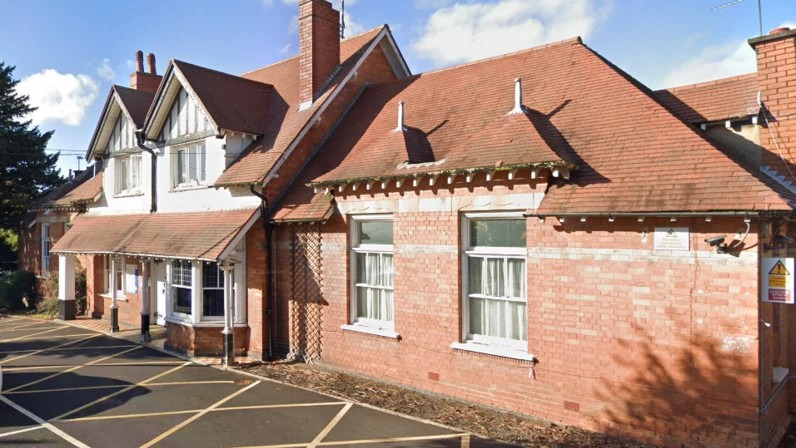
the push for community heritage preservation
A council leader's latest appeal regarding the future of Hinckley and District Hospital's Victorian frontage underscores a critical conversation about community heritage. The hospital, constructed in 1900, is not just a building; it’s part of the town's story. Council leader Stuart Bray’s letter to the health secretary demonstrates a growing tension between modernization and historic preservation—an issue mirrored in towns across the UK.
demolition versus development: weighing the benefits
The NHS Leicester, Leicestershire, and Rutland Integrated Care Board has ambitiously planned a £10.5 million day case unit poised to serve urgent medical needs. However, this ambition comes with a cost: the potential loss of a cherished piece of local history. The board argues that maintaining the facade conflicts with clinical requirements essential for the facility's operation.
Spokespersons for the board have expressed confidence that the benefits of increased medical services outweigh the loss of the historic facade. They assert that any modifications to preserve the hospital’s exterior would jeopardize crucial funding and, by extension, the medical care advancements promised at the new unit.
community voices: why this matters
Local sentiments run deep in this discussion. Residents have expressed concerns over losing not just a structure but the essence of what that structure represents. Bray's plea reflects a collective desire to engage in the development process, ensuring that community voices are heard and considered. This community-oriented approach is increasingly important in town planning and development today.
The connection to place, and how residents relate to their environment, cannot be overstated. A historic facade can serve as a comforting reminder of community roots—a tactile link to shared history and identity.
the role of government in decision-making
Bray’s outreach to the health secretary highlights a significant aspect of governance: accountability and local collaboration. Ensuring that government investments effectively address community concerns about heritage preservation might be key to sustainable development. As Bray noted, extending the funding deadline could open the door for creative design solutions that respect both modern health needs and historical significance.
Government officials must champion such dialogues, recognizing that local communities are stakeholders in these conversations, not merely subjects of top-down decisions.
the heritage aspect: more than bricks and mortar
Historical structures are often seen through a lens of nostalgia, but there is also a pragmatic aspect to preserving them. They contribute to unique urban landscapes that attract tourism and foster local pride. In this way, preserving the hospital's Victorian frontage could have economic benefits as well as emotional and cultural ones. The use of reclaimed bricks in the new construction is a start, but does it truly honor the spirit of the original structure?
looking ahead: potential outcomes and decisions
As discussions around the Hinckley hospital's future proceed, the outcomes will be closely watched—not just locally but as a case study for similar projects across the nation. Will the health board find a way to accommodate historical preservation while meeting the urgent clinical needs of the community?
This situation presents a unique opportunity for public health advocates and urban planners alike. It’s a test of whether holistic approaches to development can prevail, respecting the past while paving the way for future innovations in healthcare.
 Add Row
Add Row  Add
Add 




Write A Comment